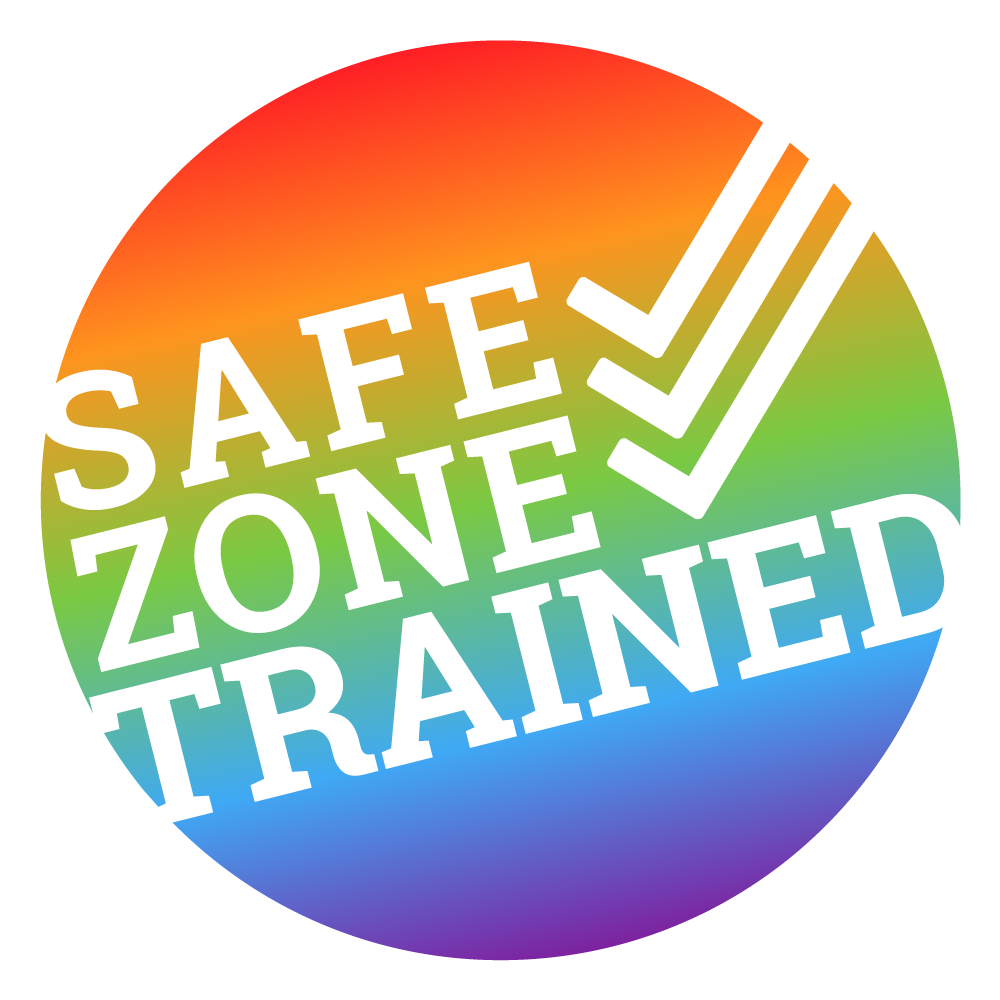Risk Factors for Child Abuse and Neglect
Risk Factors for Child Abuse and Neglect
Caregivers who struggle with managing their emotions and stress levels are more likely to become abusive. For example, adults who have no emotional regulation skills may be prone to violent outbursts. In addition, a lack of understanding in how child development and healthy parental guidance can contribute to neglectful or harmful behavior, especially if the parent or caregiver holds unrealistic expectations such as not understanding the children's needs or abilities and criticizes children who can't meet their high expectations using fear-based discipline strategies (Children’s Wisconsin, 2022).
There are multiple characteristics in children that maybe factors in child abuse or neglect. Children with disabilities or developmental delays may require more care and attention, which can overwhelm unprepared or stressed caregivers. In addition, children who are perceived as defiant or difficult may trigger frustration in parents who lack patience or parenting skills, placing them at greater risk for mistreatment. However, it is important to remember that no matter what characteristics a child has or how they act a child is NEVER responsible for being abused or neglected (Children’s Wisconsin, 2022).
Other factors that can contribute to the maltreatment of children are financial and parenting difficulties, families experiencing hardship due to marital conflict, physical or mental health issues affecting a caregiver or child, custody disputes, frequent relocations, and struggles with maintaining cleanliness or hygiene, sometimes occurring all at once (Pai, 2020). Mental health issues such as depression, and social isolation especially during times of crisis such as the COVID-19 pandemic increase stressors that exacerbate risk factors of child maltreatment (UF Health, 2020; KGW News, 2020).
| Intentional Abuse | Abuse Triggered by Stressors |
|---|---|
| Deliberate physical, emotional, or psychological harm | Poor coping due to external stress (e.g., job loss, housing instability) |
| Patterns of control, manipulation, or domination | Impulsive reactions under pressure, often with guilt afterward |
| Minimal remorse or justification of harmful behavior | Genuine remorse; lacks resources or support systems |
| High likelihood of repeat abuse without intervention | Behavior may improve with support, therapy, or resources |
| May align with antisocial or narcissistic traits | May be overwhelmed by personal trauma, poverty, or mental health issues |
Child abuse prevention involves advocacy efforts aimed at supporting policies and programs that reduce the risk of child maltreatment before it occurs. Many families become involved with the child welfare system due to chronic stressors such as poverty, lack of access to healthcare, housing insecurity, and untreated mental health issues, not necessarily due to malicious intent. However, based on what I’ve seen in cases, there are extreme situations where CPS workers and law enforcement discover children, sometimes over 20+ hidden in basements, with caretakers who appear completely innocent on camera, denying the existence of a basement and refusing to cooperate. As future social workers and mandated reporters, we must remain vigilant and avoid placing blind trust in individuals who appear "normal" or well-put-together; some may, in reality, have personality disorders or sadistic traits. Trauma and mental illness, in both perpetrators and victims, deeply influence how people form attachments and interact with others. Some individuals lack the capacity to bond authentically, remaining emotionally superficial and detached, while others seek depth and connection. In other words, there are good people and bad people. Some individuals, though shaped by long-term trauma, may have lapses in judgment that deserve compassion and support, whereas others intentionally harm, manipulate, and exploit. It is essential for child welfare social workers to understand these dynamics and practice discernment. Child welfare workers can also advocate for support the development of policies and community-based resources, such as economic aid, mental health services, and parental empowerment, to address root causes and promote prevention (Daro, 2019; TEDx Talks, 2021).

Adverse Childhood Experiences (ACEs) are traumatic events occurring before age 18 such as abuse, neglect, or exposure to household dysfunction that can disrupt brain development and increase the risk of long-term physical and mental health problems. ACEs are the experiences themselves, while trauma is the emotional and psychological impact those experiences may cause. The ACE score chart can be used as a tool for intervention to identify risk factors towards health issues that may impact a child across their lifespan. For example, the chart above shows clear correlation between the number of ACEs a person experiences and the likelihood of negative outcomes such as heart disease, diabetes, cancer, substance abuse, depression, and early death (Center on the Developing Child, n.d.; Villegas, 2021; Cours, 2020).
Listed below are some interventions to consider when trauma is identified in children and adolescents.
The social worker can make referrals to:
- Behavioral Health Services
- Trauma-Focused Therapy
- Public Health Nurse or Physician
- Special Activities
- Educational Staff or Programs
They can help identify prior exposure to trauma and loss, including historical trauma, for the child, youth, and family members. (ICPM enhanced assessment behavior). The soothing or healing approach is identified by the family, Tribe, CFT, or community.
According to Professor Leroy Johnson MSW, ASW, in the State of California parents involved in Child Protection Services System may have substance use disorders related to using methamphetamine. In California, any newborn babies that test positive for methamphetamine require an immediate call into the child abuse hotline for investigations. Nurses, physicians, and other mandated health care professionals must take immediate action and monitor the well-being of the newborn until CPS finds an appropriate placement for the infant. Another contributing factor to child abuse and neglect are the unusual needs of the child, such as disabilities, and or mental health diagnosis such as ADHD. A child with a diagnosis of ADHD may have difficulty focusing on tasks and sitting still. Some parents may not have adequate parenting skills to redirect and intervene with the child, and may become frustrated, angry, and irritated and may cause the child physical harm or neglect due to the excessive needs and developmental delays. Social workers must be able to assess family dynamics and conduct a psychosocial assessment to determine what the needs are for the child and family to prevent further child abuse and neglect.
References
California Social Work Education Center (Ed.). (2021). Trauma Informed Practice. California Core Curricula for Child Welfare Social Workers. Berkeley, CA: California Social Work Education Center.
Center on the Developing Child. (n.d.). What are ACEs? And how do they relate to toxic stress. Harvard University. https://.../ACEsInfographic_080218.pdf
Children’s Wisconsin. (2022). Contributing factors to child abuse and neglect. childrenswi.org. https://childrenswi.org/.../contributing-factors
Cours, S. (2020, August 17). ACEs and trauma: Healing with the use of social emotional learning. BetterKids. https://betterkids.education/.../aces-and-trauma-healing
Daro, D. (2019). A shift in perspective: A universal approach to child protection. Future of Children, 29(1), 17–40.
KGW News. (2020, May 11). During pandemic, communities asked to be watchful for signs of child abuse, neglect [Video]. YouTube. https://youtu.be/kmOJoth1vzs (11:56)
MST Services. (2021). MST-CAN’s Child Welfare Program: A family-based child welfare program addressing cases of child abuse and neglect. mstservices.com. https://www.mstservices.com/mst-can-child-welfare-program
Pai, L.-F. (2020). Case study: Taiwan’s child abuse and neglect prevention: The child and youth high-risk family program. Child Welfare, 98(6), 227–234.
TEDx Talks. (2021, December 9). The power of being seen: We can transform the child welfare system | Matt Anderson [Video]. TEDxGreensboro. YouTube. https://youtu.be/FNp3ac9kUpE (16:49)
UF Health. (2020, April 28). Social isolation can raise child-abuse risk [Video]. YouTube. https://youtu.be/Hdh40D5wHj8 (1:56)
LATEST BLOG POST
Search Results




